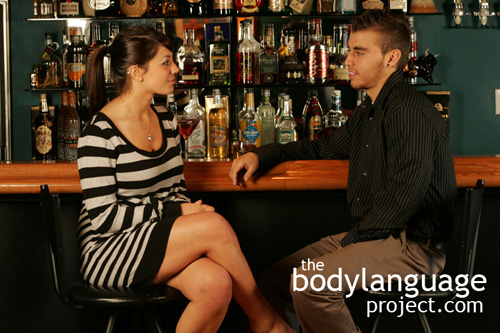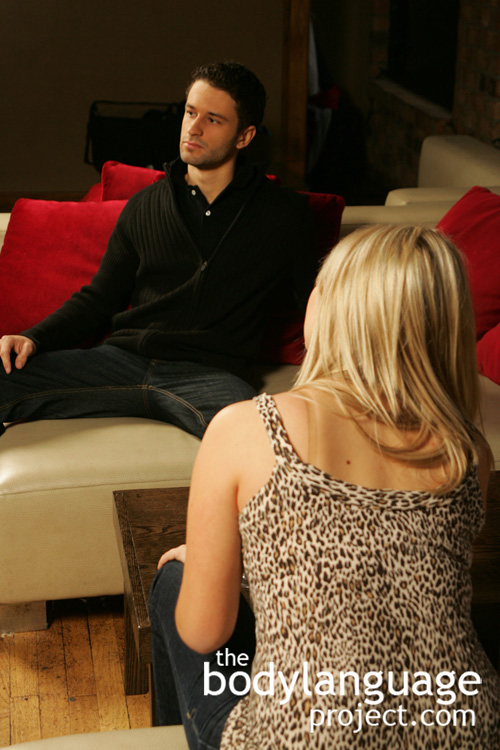The most influential manual regarding suspect interviewing was written by Fred Inbau, Reid and Buckley in 2001 “Criminal interrogation and confession” and is the handbook used by police officers in training. The “Reid nine steps” claims that after being accused of having committed a crime, those under investigation who are innocent will tend to be more cooperative than deceptive when compared to guilty suspects. The theory says that honest suspects will cooperate and work harder to show their innocence, whereas the guilty will appear less cooperative, and so appear less convincing.
Inbau provides a few examples. He says that suspects who are guilty will want to exit the interview as quickly as possible. They will say things like “Well, I figured you wouldn’t believe me. It’s been nice talking to you but I have an attorney to see.” On the other hand, suspects who are innocent will not want to exit the interview room after being falsely accused so they will insist on remaining as long as possible to present the truth to the investigator. In fact, the manual states that innocent suspects, will remain until they have had the opportunity to present enough information to eliminate themselves as a suspect.
The argument of cooperation does seem plausible and some studies do support the argument, however others do not. One such study by Aldert Vrij of the University of Portsmouth in the United Kingdom in 2005 showed that there was no relationship between cooperation and guilt. He found that suspects who were shy tended to cooperate less despite their guilt or innocence. Therefore by Inbau’s logic would be falsely labeled as guilty. At issue here are many factors and ones that need to be considered before anyone can be labeled as a liar or otherwise. Deceivers are just as likely to be concerned with the impressions they make as non-deceivers so this is non-issue. However, the context does come across as a big factor.
For example, a criminal at a boarder crossing who is moving drugs with a suitcase would obviously be unwilling to cooperate by opening his bag so as to delay being caught, but so too might someone holding particularly private or personal items. Lest we not forget about a human rights activist who’s occupation involves protecting the freedoms of people. The activists will be just as unlikely to cooperate with law enforcement since his goals are best served by drawing attention to the injustices around him. What better way to make a point about global big brother than to become a victim yourself. Liars on the other hand might try harder to appear more honest by cooperating, or show that they have nothing to fear, and even appeal to discrimination and unjustness of the process. In the case of the honest suspect, they aren’t concerned about the impression they make on others, so can also appear less cooperative, even combative. Thus, cooperation, in and of itself, does not lead necessarily indicate deception, but on the surface, has some merit.








